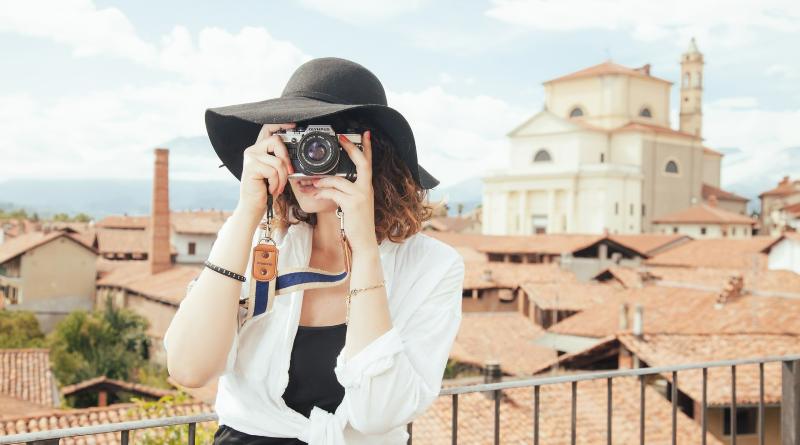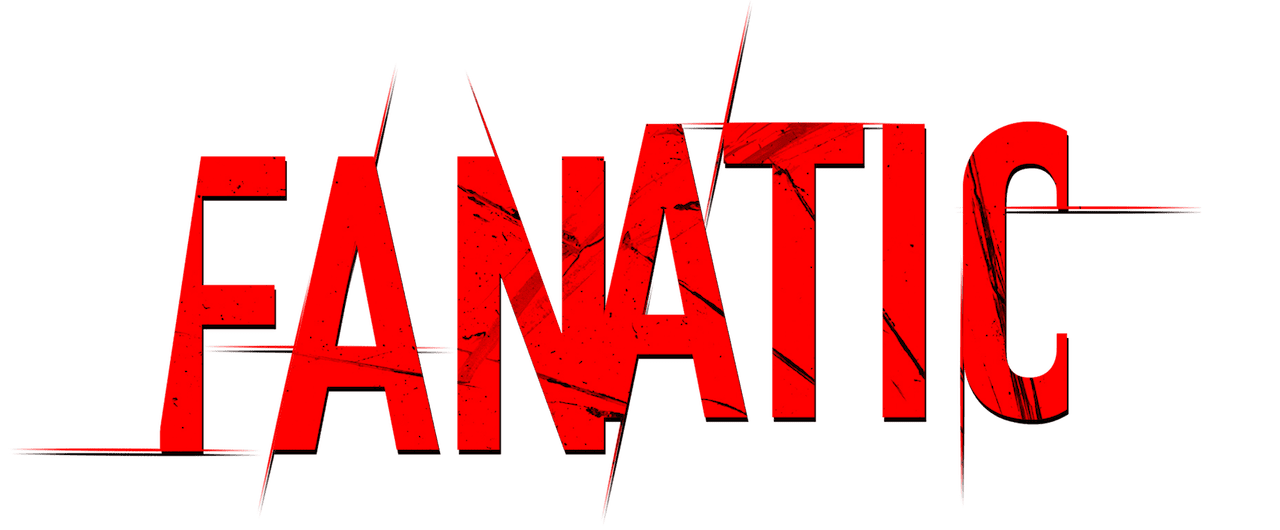
The last couple of years have been very challenging for the travel and tourism sector because of the constant restrictions caused by COVID-19. Fortunately, this is a resilient industry that has been able to reinvent itself and take advantage of the opportunities available to it, adapting to domestic travel and promoting weekend getaways.
Tourism marketing has had to shift the focus from outbound to inbound, focusing on city tourism and activities.
This year the numbers point to a recovery of the sector that is at pre-pandemic numbers. This means that they are facing an excellent opportunity to bet on a renewed SEO strategy that will give them the boost they need.
Destination marketing: The city as a brand
The destination marketing seeks to attract guests to a large metropolitan area, something that was impossible during the pandemic due to restrictions and roadblocks. During 2021, destination marketing efforts shifted from attracting outsiders to focusing on the locals themselves, who are often unaware of where they live.
In this sense, the local is celebrated, offering new opportunities for local tourism; restaurant guides, dinners for couples, group outings to get to know the most emblematic, mysterious or unknown places in a city.
To do this, tourism brands have turned to positioning their content with terms such as “what to do in (city)”, “the most romantic restaurants in (city)” or “the best things to do with kids in (city)”. What matters is to use activity-based keywords, focusing on individual experiences that drive traffic to your own website, but also to the websites of other companies and organizations such as museums or restaurants.
This content has another great advantage and that is that it is a content evergreen with which we can position ourselves for a long time. It is also suitable for different types of audiences and we can update it periodically with minimal effort.
With all the new developments and the potential of local SEO using marketing to reach more people is a smart approach, especially when we still don’t know what’s around the corner pandemic-wise.
Focus on delivering an experience
Another way to improve our visibility is to offer an experience-based approach to content. In this sense, we can create content related to activitiesaimed at a public that is not sure what to do or what to see in a specific place and is looking for ideas or suggestions to choose from.
We can also offer solution-based content, which is more specialized. This content is aimed at an audience trying to find an answer to a specific query or problem.
These types of actions tend to work very well to promote companies that are dedicated to activities or “tours”, which are often focused on a specific nichefor example, tours of historical sites, mystery tours, a wine tour or a tour of the most representative monuments of a particular period or architectural style.
In this sense, this type of content should focus on attracting the specific audience, since not everyone will be interested in these things. For this we can use keywords such as “get to know the best wineries in (city)” or “visit the best gothic monuments with an expert guide”.
Road trips are back
Sales of suitcases, packing accessories and other travel items have increased significantly since the beginning of 2021. While international travel remains hairy, domestic tourism has experienced a second golden age.
Travel product brands and even travel agencies can take advantage of this new dynamic by creating content that ranks for these types of searches. A good idea is to optimize for product and solution keywords, phrases like “best suitcases for a road trip” or “best camping blankets” can rank very well and fill a need that consumers have.
These contents can catch the attention of someone who is already on a trip, but also those people who are not used to this kind of trips or also those who leave everything to the last minute.

